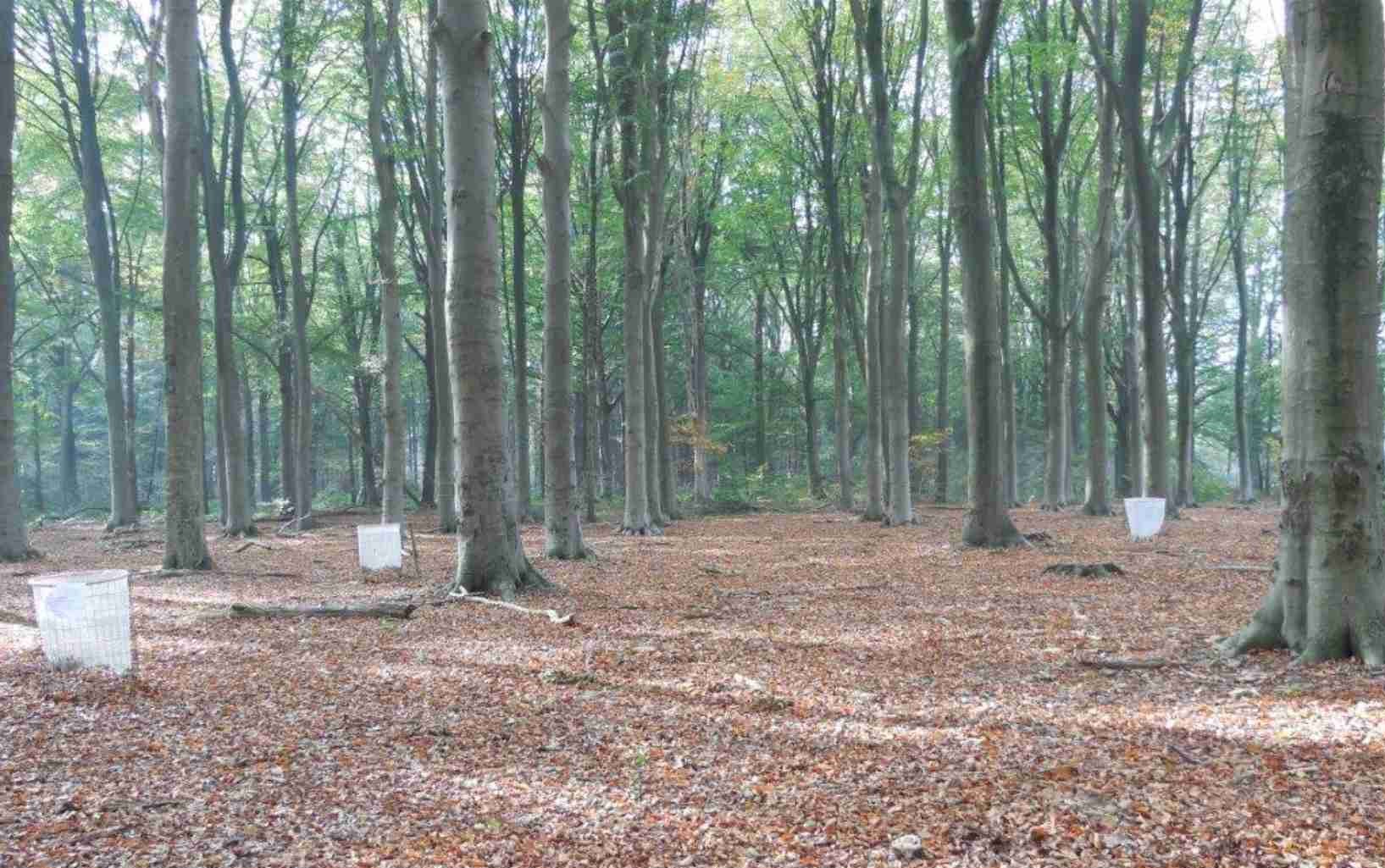This post was done together with Stefanie DeGroote
Forests are often species rich. Their big trees provide shelter for many other plant species that grow in their shade, forming the so-called understory. Forest ecosystem functioning benefits from species-rich understories. Thus, it is important to find out what influences diversity in this forest layer. Yet, the problem is that factors affecting understory diversity are hard to find out. It could be species composition and diversity of the trees or the size of the forest patch.
As part of the TREEWEB project, a bunch of TEREC’s unraveled these factors to learn about the drivers of understory diversity. The TREEWEB project consists of 50 forest plots in small and larger mature forests and one to three broad-leaved tree species. Each plot ranged from single species stands to fully mixed ones.

Surprisingly, neither tree diversity nor patch size determined understory diversity. Instead, the identity of the tree determines how many species grow underneath.
While the understory of beech trees was sparse, coverage was generally high in oaks. From this, mixed stands that include beech may have a higher tree diversity but not understory diversity.
To learn more, check out the full paper:
De Groote S., Van Schrojenstein Lantman I., Sercu B., Dekeukeleire D., Boonyarittichaikij R., Smith H.K., De Beelde R., Ceunen K., Vantieghem P., Matheve H., De Neve L., Vanhellemont M., Baeten L., De la Peña E., Bonte D., Martel A., Verheyen K. & Lens L. (2017). Tree species identity outweighs the effects of tree species diversity and forest fragmentation on understorey diversity and composition. Plant Ecology and Evolution 150: 229-239.
